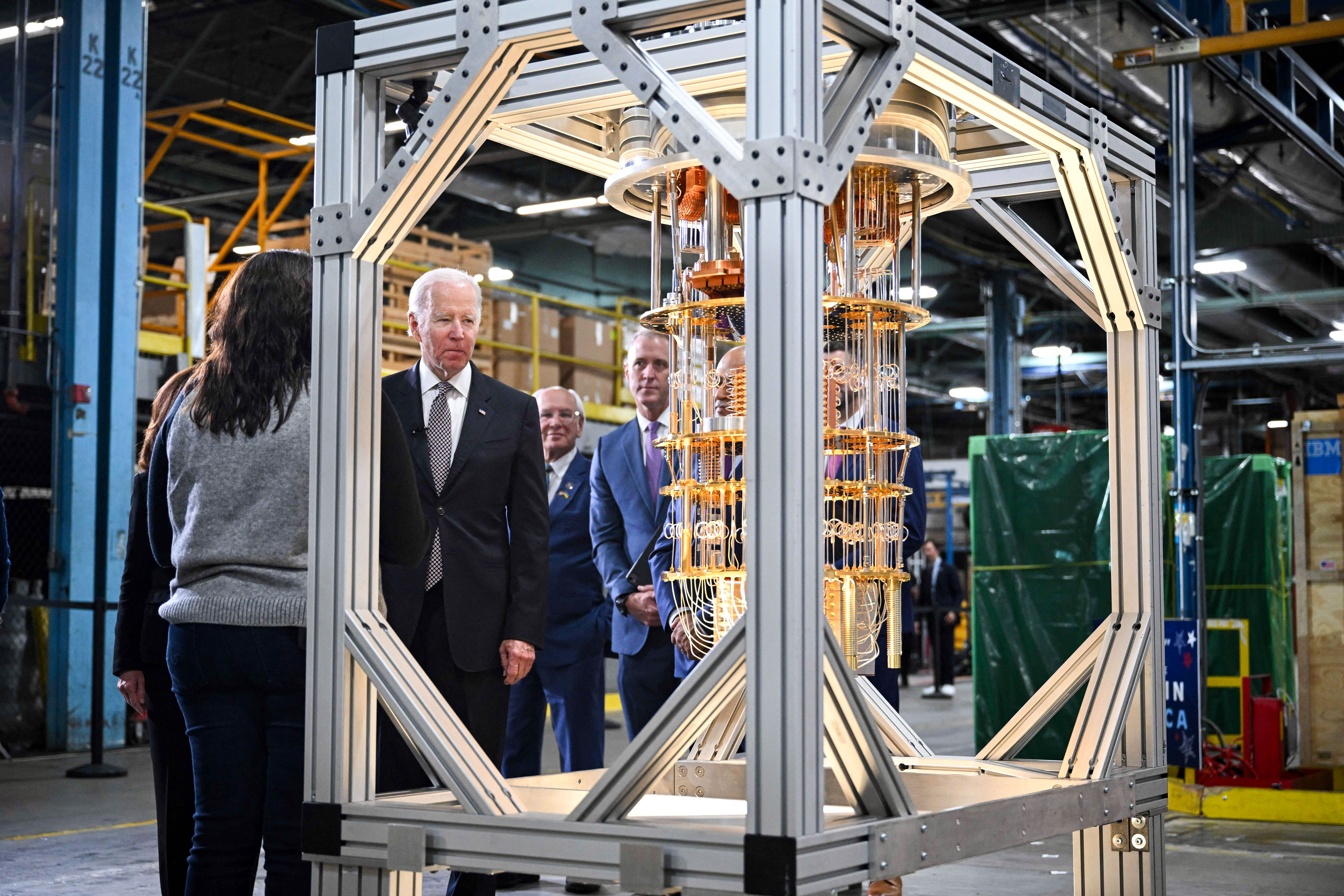Chinese leader Xi Jinping has long made clear his vision that semiconductors will help the regime overtake the United States as a global technological superpower. Xi’s ambition, however—for China to produce 70 percent of its microchips at home by 2025—is now a distant dream.
In January, Yangtze Memory Technologies (YMTC), China’s largest memory chip maker and the parent company of XMC, was said to be cutting as many as 10 percent of its 6,000-strong workforce across all departments.
By market research firm Yole Group’s estimates, YMTC was on track to double its global flash memory chip market share by 2027 to 10 percent before the export controls kicked in and squashed that prospect.
Companies once heralded as stars have been downsizing and cutting bonuses to stay afloat. The nation’s chip imports plunged 17 percent by volume in the first seven months of the year. The domestic tech struggles have led the regime to restart a state fund, which last year became entangled in an anti-corruption probe, to pump about $1.9 billion into YMTC in late February.
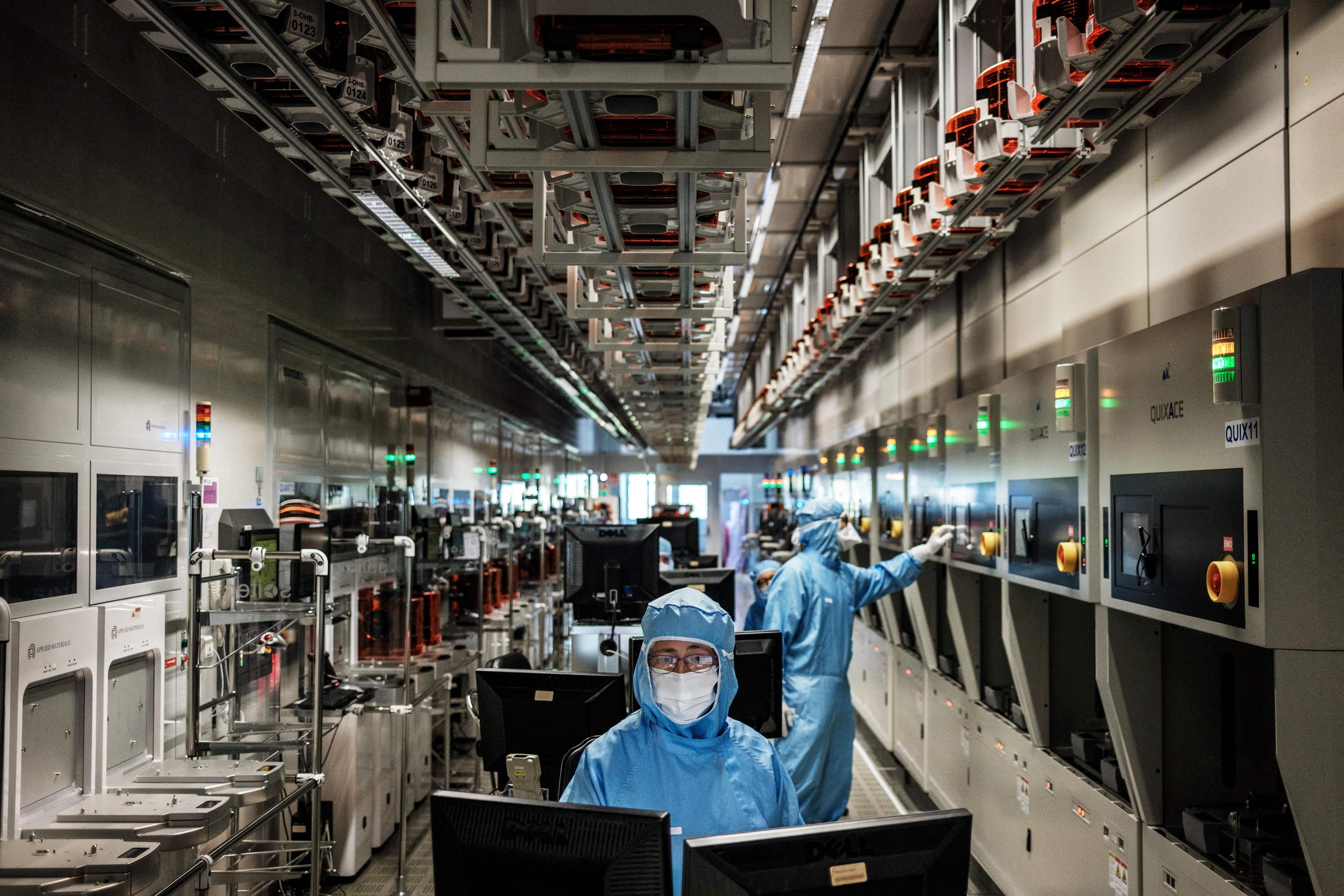
The race for technological supremacy that has become a hallmark of U.S.–China tension is increasingly allowing the United States to go on the offensive. Together with sanctions and tariffs, the U.S. measures are inflicting pain on Beijing in ways that may have seemed out of reach just years ago.
Economic Decline
The world’s second-largest economy hasn’t been in good shape this year. The property sector, which for decades has been a powerful engine for growth, has come to a halt. Exports in July recorded the sharpest fall since the onset of the pandemic in 2020, while imports also plunged by double digits. The worsening slowdown may dash Beijing’s chance to ever surpass the U.S. economy, according to a Bloomberg Economics projection, flipping previous research predictions that had China ahead as early as 2028.With at least 1 in 5 youth in China left jobless, Mr. Xi, in May, instructed young Chinese to “eat bitterness” and “seek out hardship” on their own.
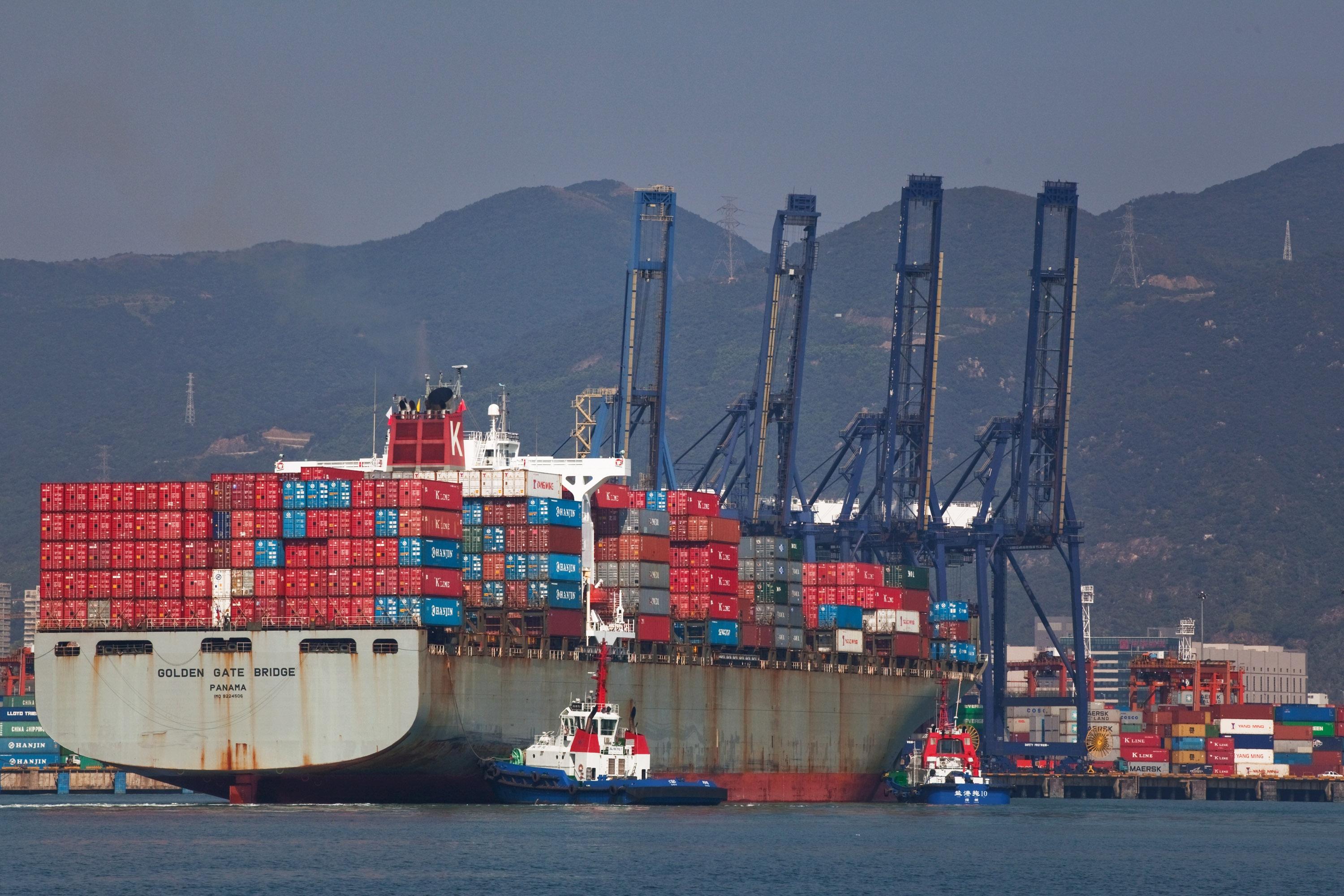
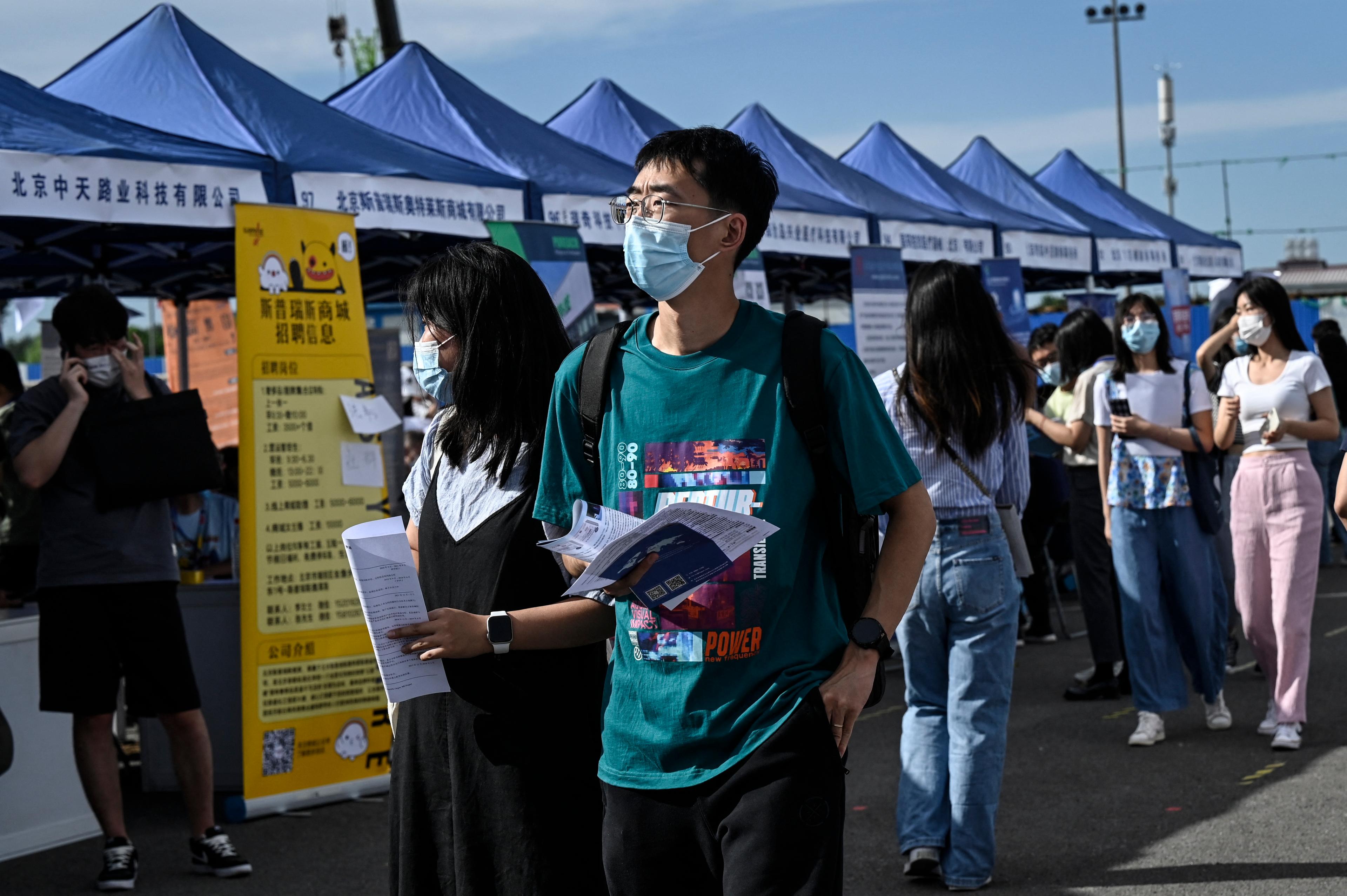
At the same time, the Chinese regime has been open about who it considers to be the culprit for its economic woes.
Xie Feng, the Chinese ambassador to the United States, in late August pointed to a 14.5 percent drop in U.S.–China trade in the first half of 2023, saying it was a “direct consequence” of U.S. tariffs and export restrictions, and claiming that the United States is trying to “shut out” China.
“Is this fair? Does this truly serve U.S. interests?” Mr. Feng asked in a video speech at Forbes’s U.S.–China Business Forum, while citing a 19 percent U.S. tariff.
U.S. Commerce Secretary Gina Raimondo rebuffed a Chinese appeal to lift export curbs during her recent trip to China.

“We don’t negotiate on matters of national security,” she said.
Ms. Raimondo said she also confronted Chinese officials while she was in China about the state-backed hacking of her emails, saying it “erodes trust.”
‘We’re All on Board’
Rhetorically, Washington has repeatedly disavowed intentions to decouple from China, instead preferring the term “de-risking” to describe the steps it has taken to reduce reliance on China for critical supplies.Four senior U.S. officials have made high-profile trips to China in the past several months in attempts to warm trade and defense ties.
Using the term de-risking has two benefits, Mr. Graceffo said, to avoid overt conflicts with China and to get European allies on board. Ultimately, he said, it’s “easier to get the Europeans to swallow a word like de-risking rather than decoupling.”
He noted that during the G-7 summit in Hiroshima in May, the leading industrial nations agreed to a “common set of tools” to counter China’s economic coercion and build supply chain resilience.
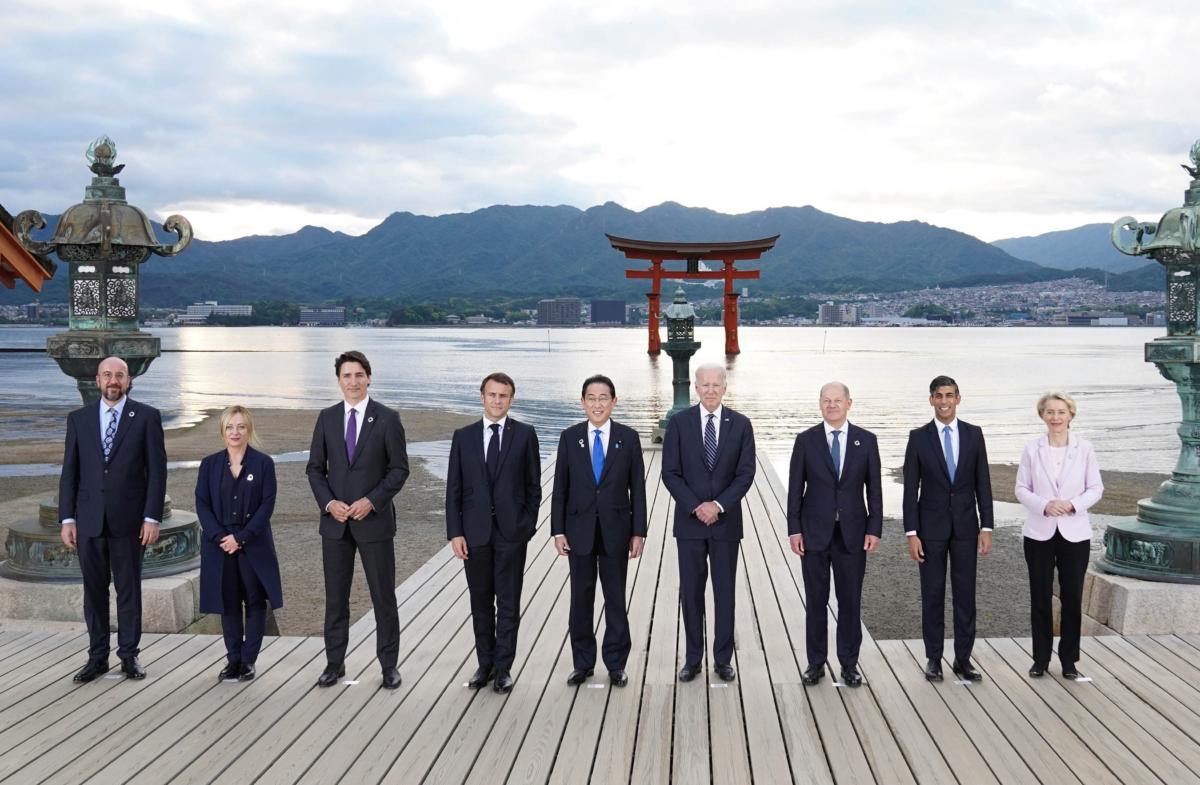
“That’s it—we sold it,” said Mr. Graceffo. “That’s huge. It’s the seven most important countries, and we’re all on board.”
The Chinese Communist Party (CCP) cut off military communications with the United States in August 2022 over then-House Speaker Nancy Pelosi’s trip to Taiwan and has since refused to restore the hotline.
In a rare social media post, China’s Ministry of State Security accused the United States of entertaining a “two-faced” strategy that’s “doomed to fail.”
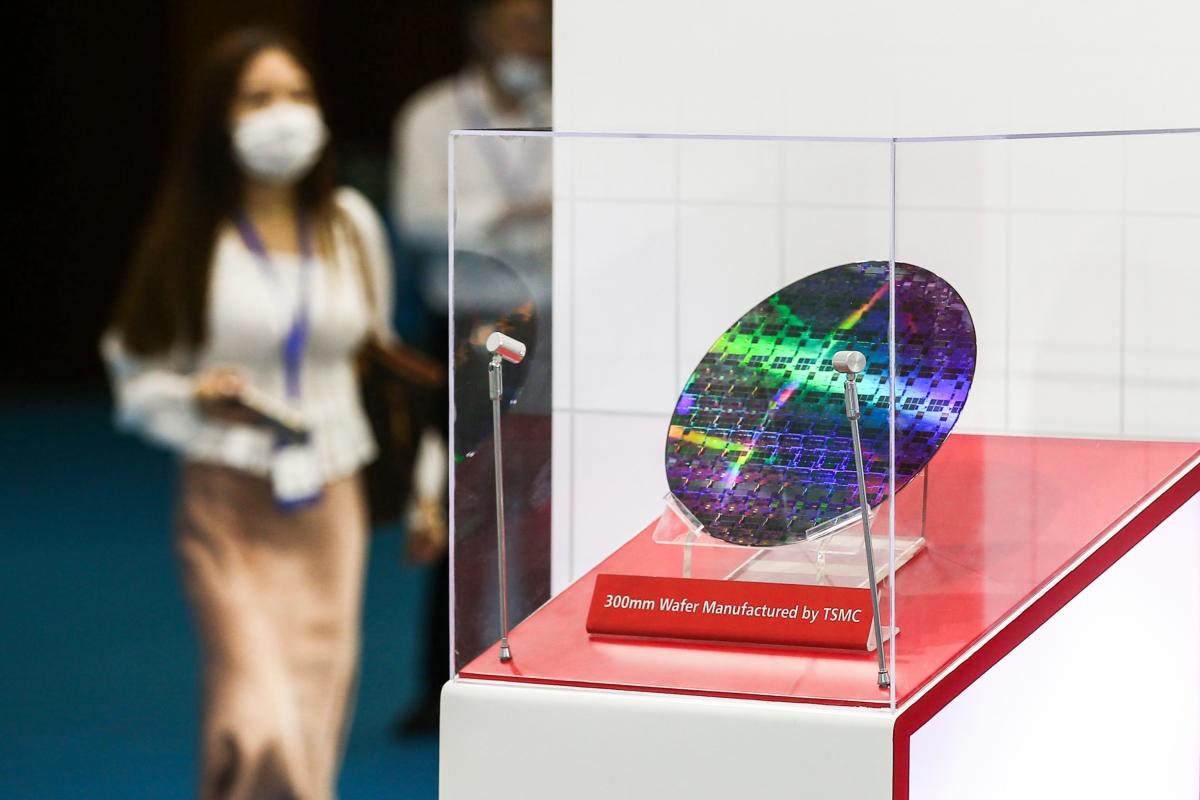
Any meeting between Mr. Xi and President Joe Biden in San Francisco on the sidelines of the APEC summit in November will hinge upon the United States “showing sufficient sincerity,” the Ministry of State Security asserted, while declaring it “impossible” for the regime to align with the United States.”
Deflecting blame is a well-worn tactic in the regime’s playbook, although questions remain about whether its threats will work this time.
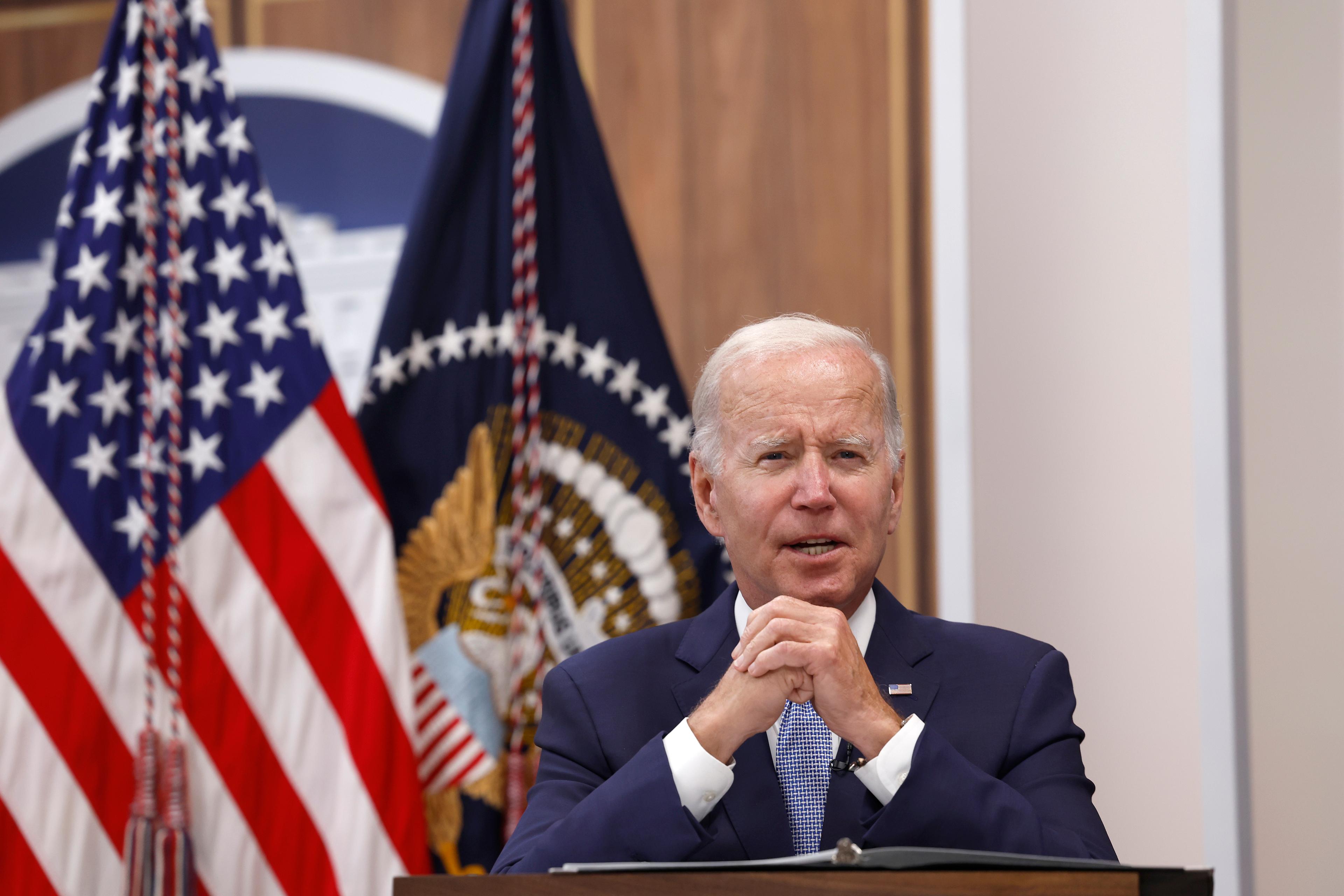
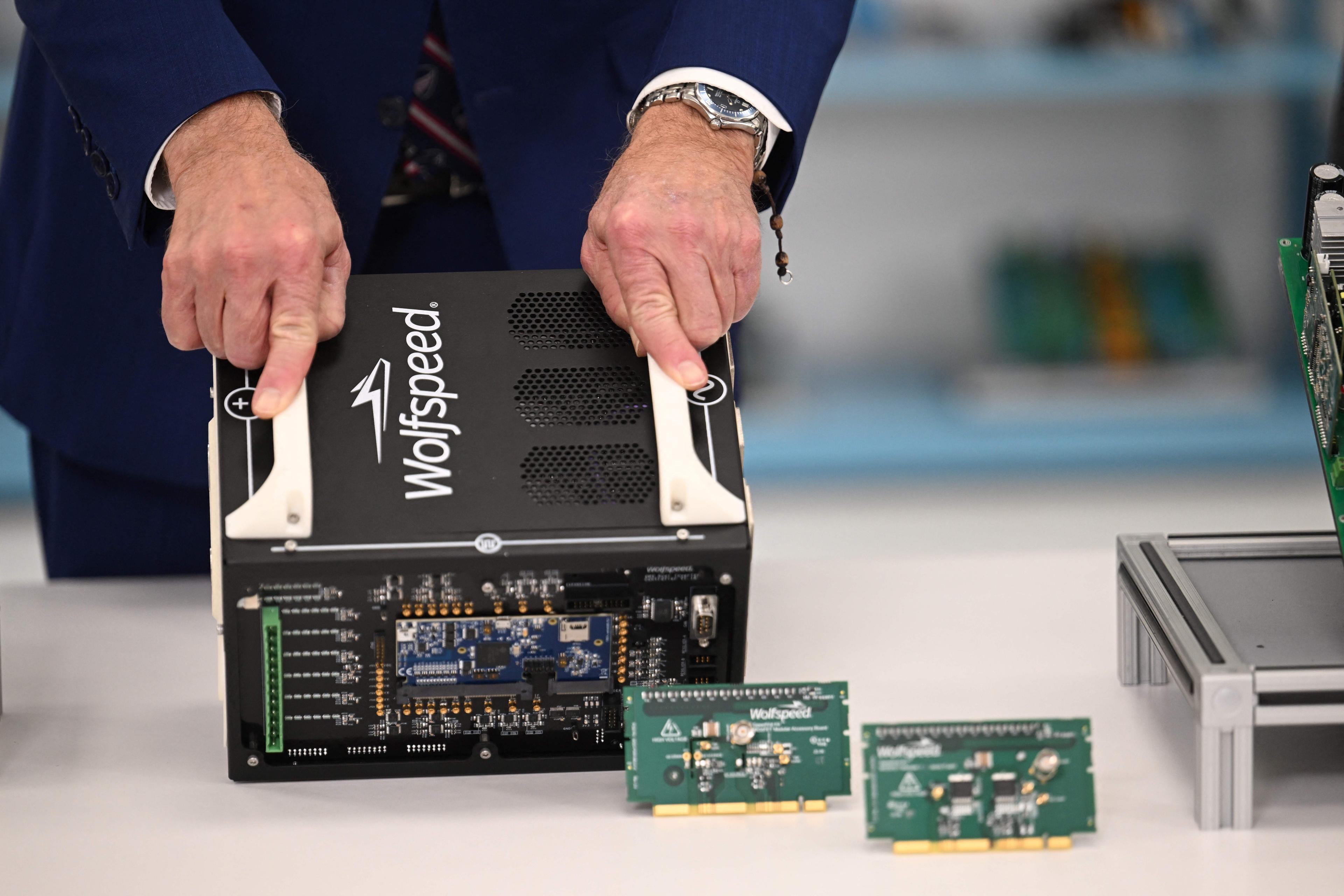
The restrictions are “probably just the tip of the iceberg” in terms of what the United States is going to do, Clete Willems, senior fellow with the Atlantic Council’s GeoEconomics Center, told The Epoch Times. Mr. Willems, who was a lead trade negotiator with China in the Trump White House, added that the Biden administration is set to review its controls after a year to assess how they might expand.
Multinational firms are heeding the message.
Lobby group Reshoring Initiative estimated that U.S. firms made more than 364,000 hires in 2022, up 53 percent from the previous year. The chip-making and electric vehicle battery sectors made up more than half of the jobs.
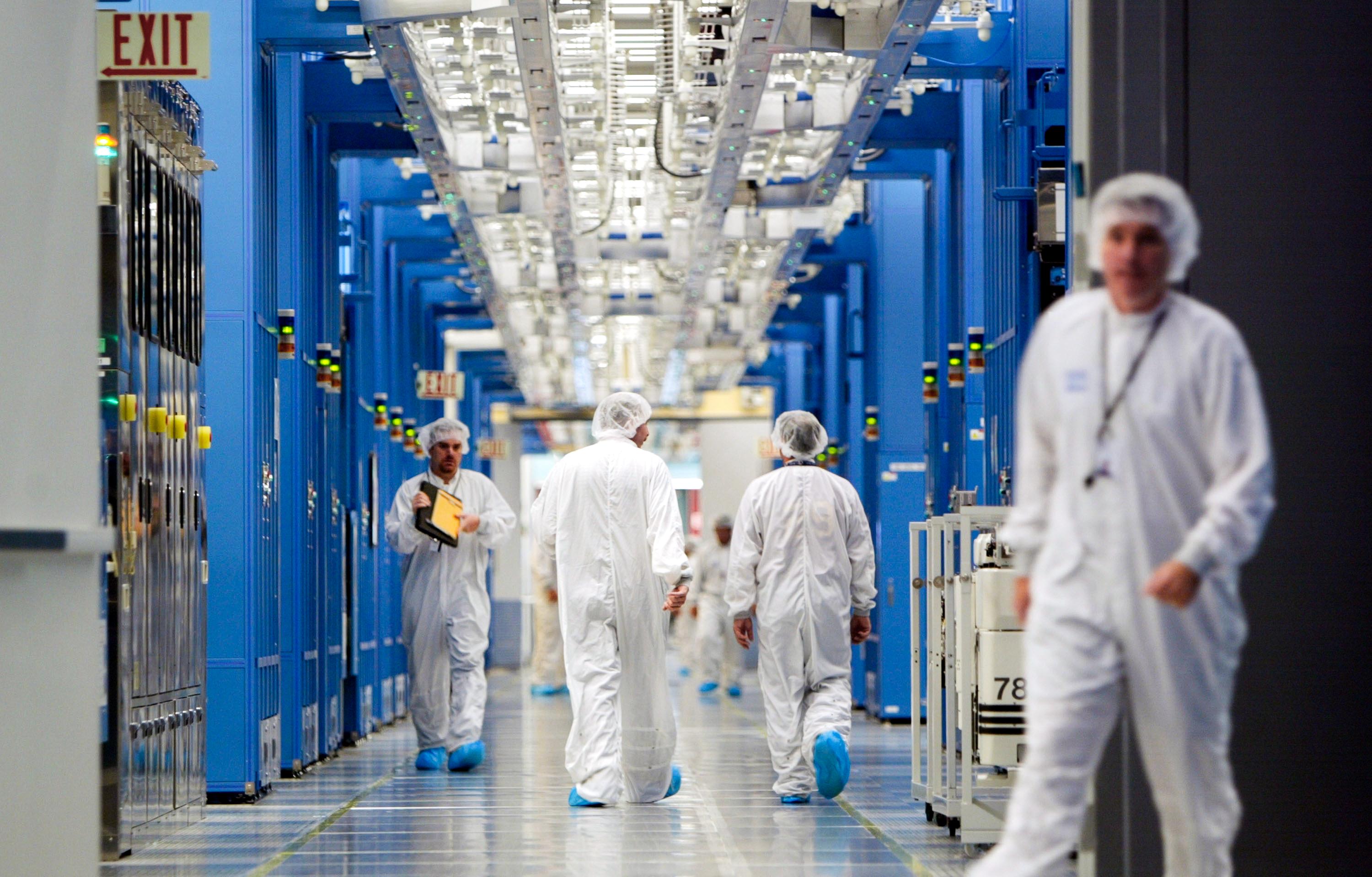
Foreign direct investment into China meanwhile slumped 87 percent to $4.9 billion in the April–June period, the most significant year-on-year drop since 1998, according to August data from the State Administration of Foreign Exchange of China.
“U.S. measures are making people think twice about” investing in China, said Mr. Willems, but in part, it’s also of China’s own making.
In the wider measure of investor confidence, China is facing the world’s biggest millionaire exodus, with an estimated 13,500 rich Chinese seeking to emigrate this year.
All of this is happening while the United States is—according to Ms. Raimondo—on track to “have a large, deep, best-in-the-world semiconductor ecosystem” by the end of the decade.
“We already lead the world in the design of semiconductors. You can see that with the AI chips. We lead the world in software,” she said in a recent media appearance.
Hurdles for Beijing
The Chinese regime has struck back against the U.S.-imposed controls, but its retaliation hasn’t been “very successful so far in really changing the equation there,” observed Mr. Willems.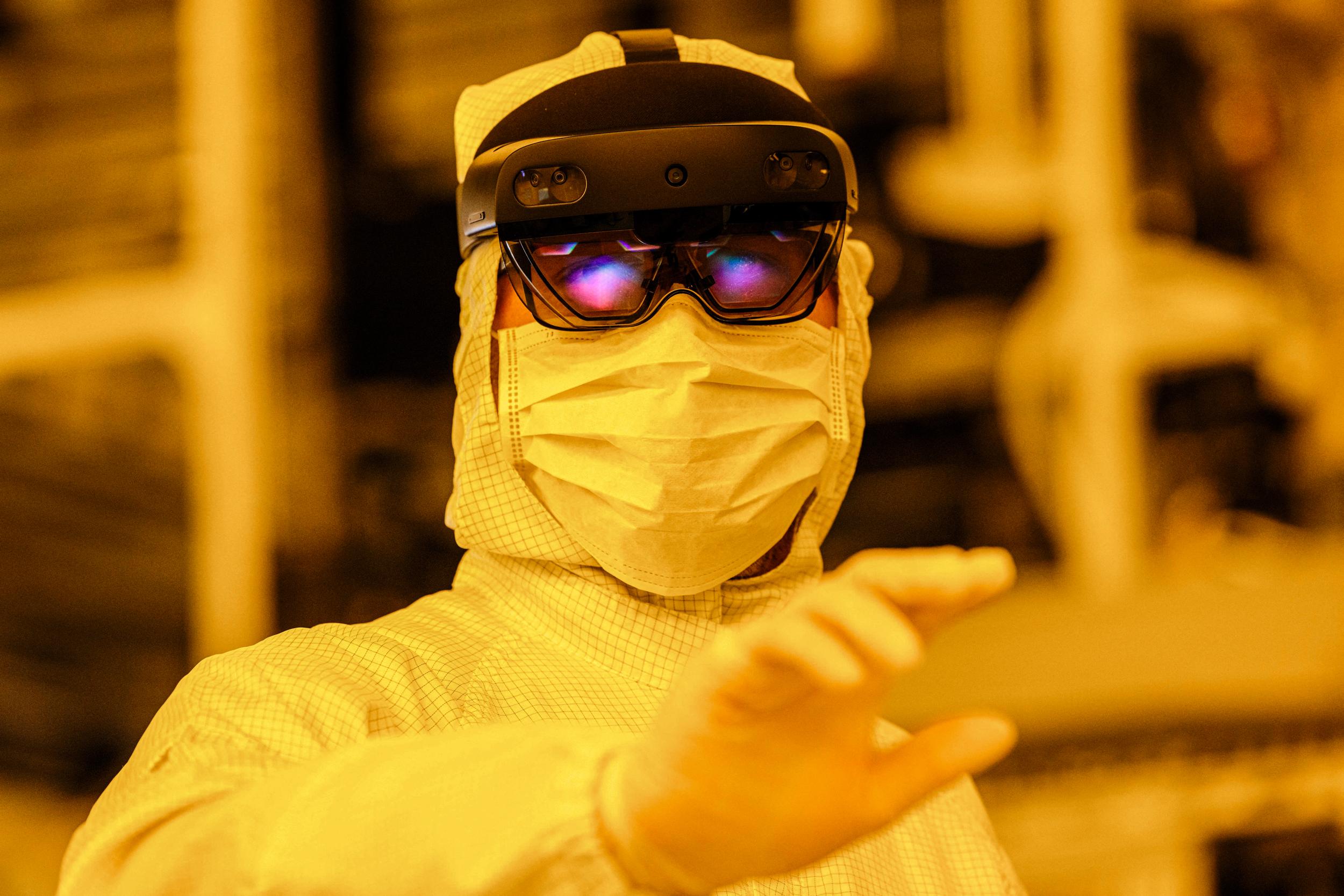
The China-led BRICs coalition that aims to dethrone U.S. dollar dominance seems unlikely to last due to a lack of other common interests among the member states.
India, which hasn’t seen eye-to-eye with China since an intermittent violent border clash started three years ago, is one of the significant economies in the BRICS bloc alongside Russia and China, which are both now in an economic crisis.
A Growing Coalition
Rep. Michael McCaul (R-Texas), chairman of House Foreign Affairs Committee, said in a Sept. 6 briefing at the U.S. Embassy in The Hague that he suspects China’s largest chipmaker, Semiconductor Manufacturing International Corp (SMIC), violated U.S. sanctions in supplying components to Huawei, the beleaguered Chinese telecom giant that the West has shunned.SMIC’s chip that powers Huawei’s Mate 60 Pro smartphone was seen as a breakthrough in China, but shares in SMIC sank on Sept. 7 following McCaul’s and other U.S. lawmakers’ criticisms.
“This chip likely could not be produced without US technology,” said Rep. Mike Gallagher (R-Wis.), who leads the House China Committee.
“The time has come to end all U.S. technology exports to both Huawei and SMIC to make clear any firm that flouts U.S. law and undermines our national security will be cut off from our technology.”
China is reportedly planning to put another $40 billion to drive chipmaking. But Frank Tian Xie, a business professor at the University of South Carolina–Aiken, sees these efforts as a sign that the U.S. tech blockade is biting hard.
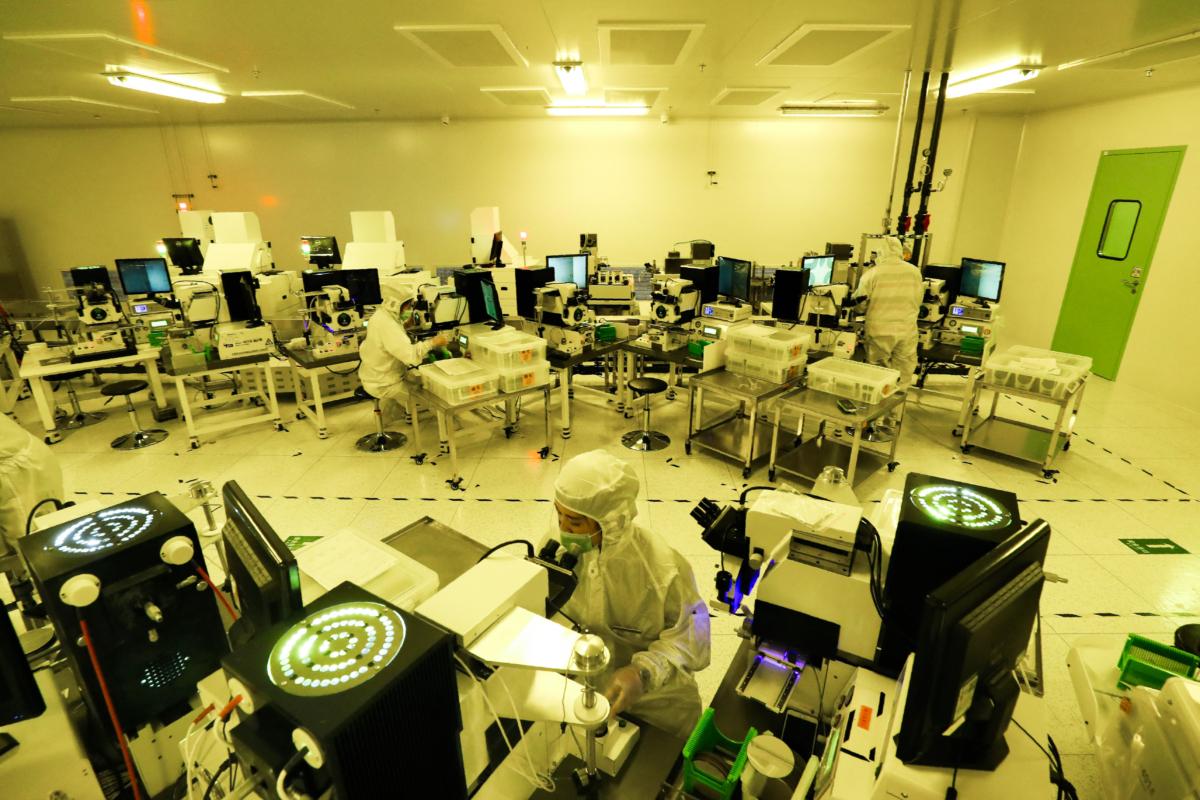
“The U.S. sanctions are making a real impact,” he told The Epoch Times’ sister network NTD. “That’s why the CCP is now so desperate.”
The CCP’s opportunities to circumvent sanctions are narrowing as the United States builds a coalition of support.
The recent trilateral summit at Camp David in Maryland resulted in the United States, Japan, and South Korea denouncing Chinese aggression as the nations committed to coordinate policies in securing supply chains on critical technologies.
In a joint statement, the three nations said they will also “enhance cooperation on technology protection measures to prevent the cutting-edge technologies we develop from being illegally exported or stolen abroad.”
Mr. Willem called the statement a “big success for the United States.”

Mr. Graceffo, and other China experts, see no turning back in the hardline U.S. stance toward China, which began with the Trump administration and expanded under President Biden.
And de-risking, a “discussion concept only” just five years ago, seems now a reality.
The U.S. policies had for years been to “make China the manufacturing center of the world,” Christopher Gopal, a business professor at the University of California–San Diego with three decades of experience in the global supply chain, told The Epoch Times.
Now, he said, it’s heading the other way, and China is “going to have to live with it.”
